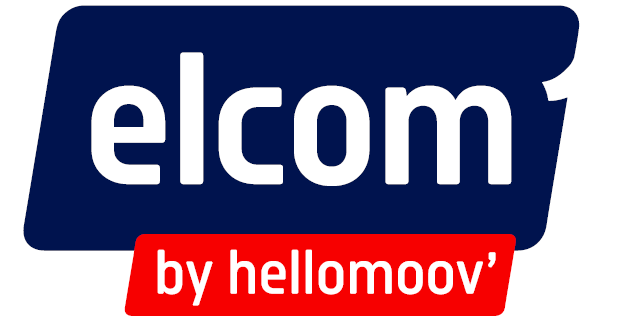Elcom
Medical and Pharmaceutical
The healthcare industry and the manufacture of medical devices require high standards in terms of quality, safety and productivity.
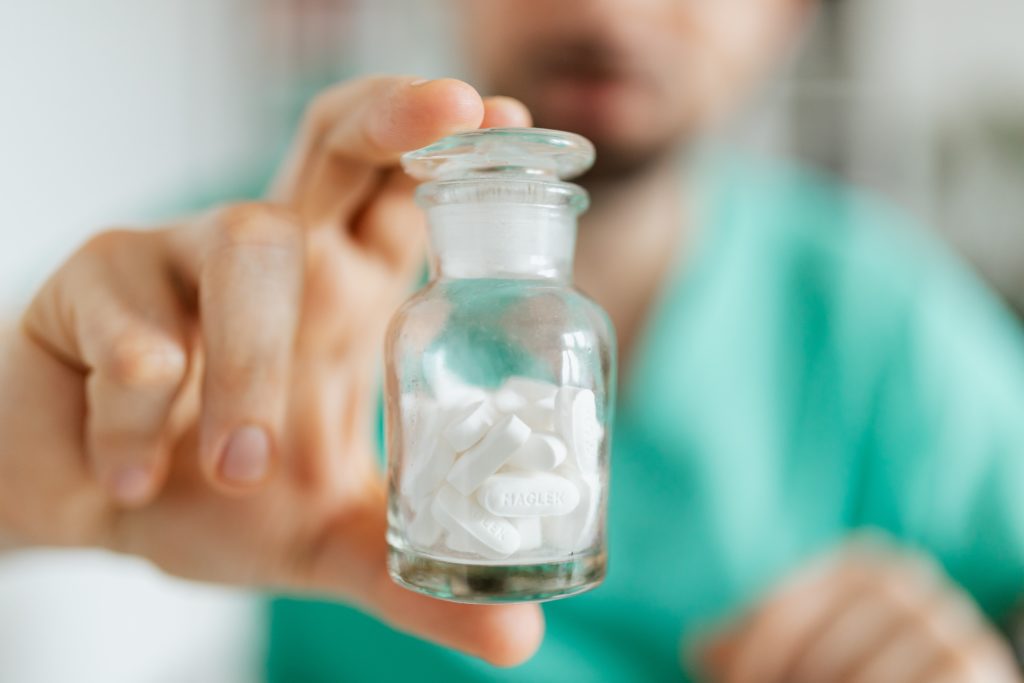
Our solutions for medical and pharmaceuticals
Why choose h’elcom aluminum profile and motion solutions in the medical and pharmaceutical industries?
Our products are designed to respond to a number of constraints:
- Be able to rapidly reorganize a production flow when changing packaging
- being able to manufacture customized products at high-rate production, at the best cost/quality/time ratio
- overcome environmental constraints – clean or grey rooms, aggressive, humid, dusty environments, etc.
- organize the ergonomics of your operators’ workstations
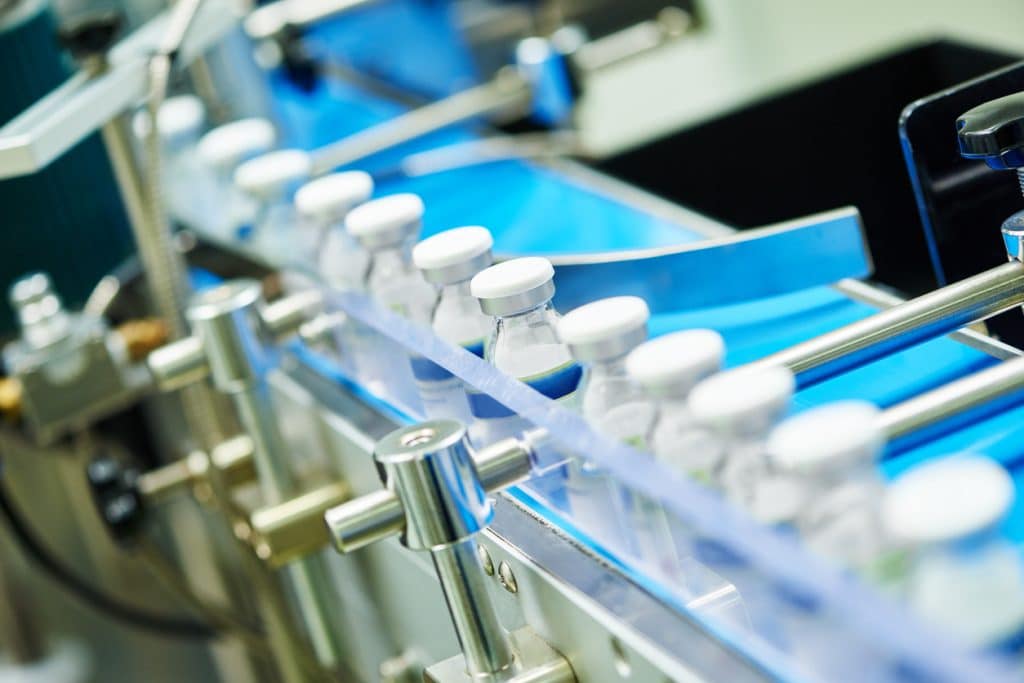
Case study for medical
Project
Our client wanted a line to transport test tubes for blood samples and Covid-19 tests.
The process was as follows: arrival of bins filled with test tubes in bulk, the bins were distributed to operators who entered the data into their analysis software, once the data was collected, the operator came and placed the test tube on the conveyor and the tube left immediately.
Solution
To carry out this project, H’factory entity we designed a line with workstations that each employee can do data entry when receiving the bins. To do this, the line was made with a belt conveyor incorporating an automation associated with the conveyor so that the deposit of a test tube starts again once it has been deposited on the conveyor.
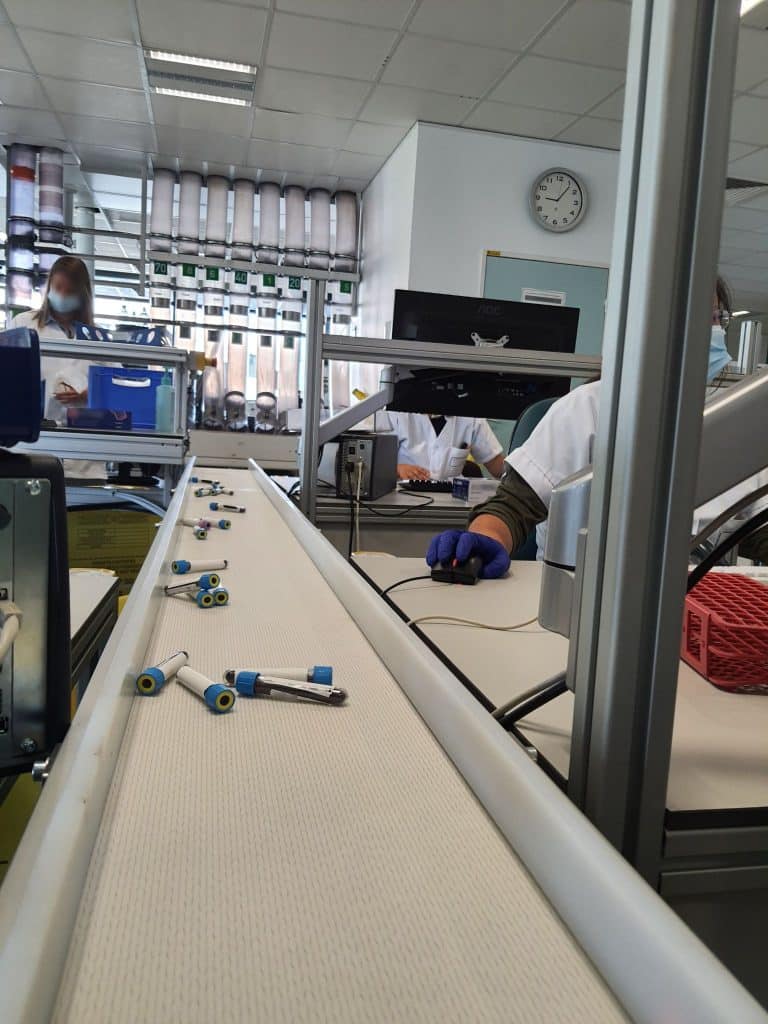
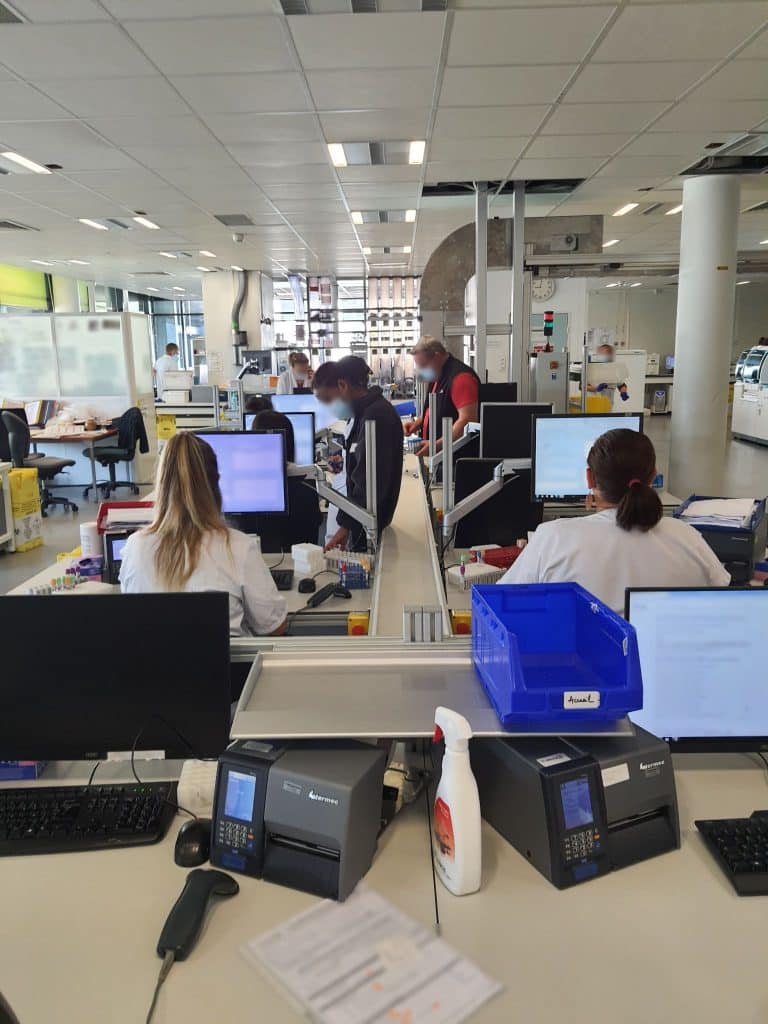
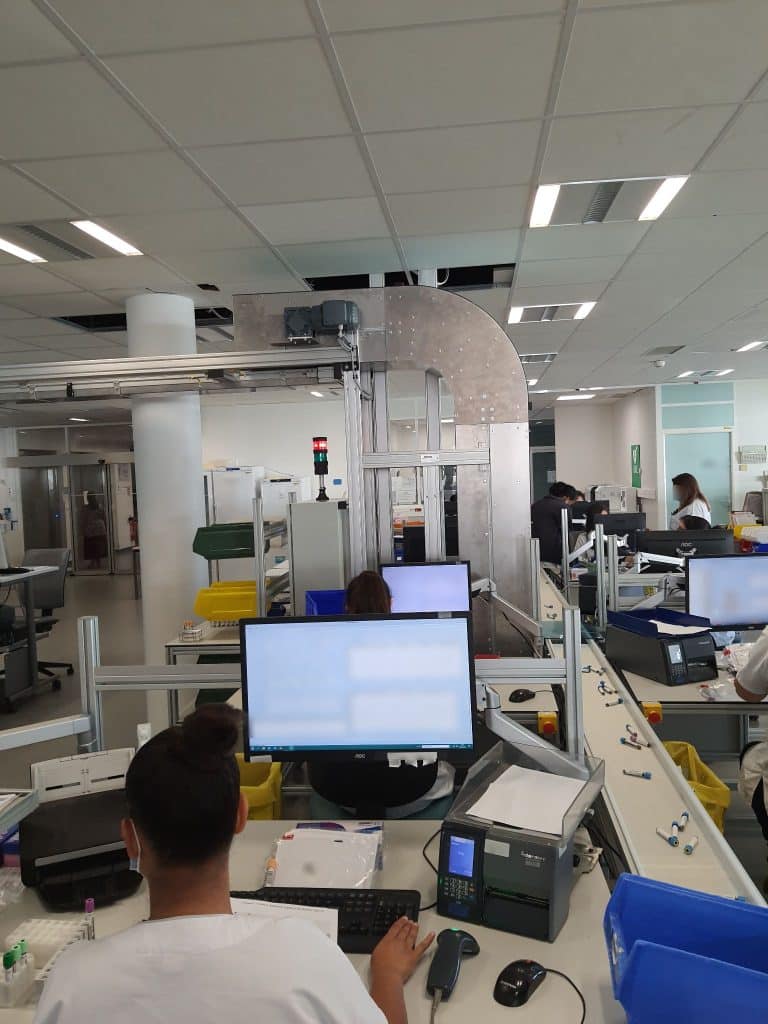
They trust us

Stäubli
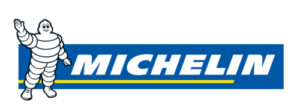
Michelin
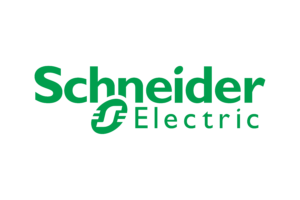
Schneider Electric

Groupe SEB
Which equipment is used in the health and medical devices industry?
- Safety
- Adaptation
- Integration
Demands for semi or fully automated equipment are increasing globally in many steps of the production line, particularly for the packaging and labelling equipment:
– development of specific solutions for the filling, capping, storage and handling of vials, pipettes and syringes, to improve logistical processes after careful study.
– coherence with your workshop environment by offering solutions without retention zones.
Main details
Securing production lines with customized enclosures
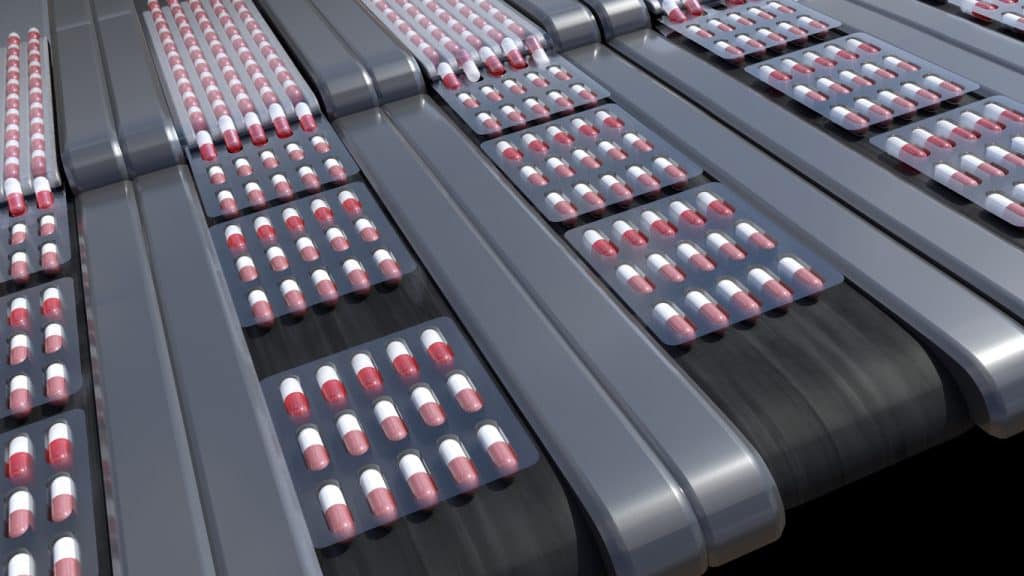
Perfect adaptation of workstations to the manual operations carried out, always taking into account the notion of ergonomics and well-being in the workplace.
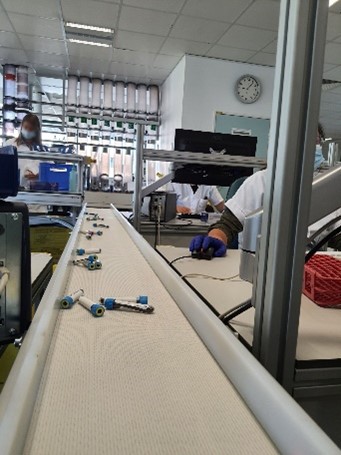
Seamless integration with existing equipment, machines and installations, to create a harmonious, aesthetic whole that enhances the value of your investments
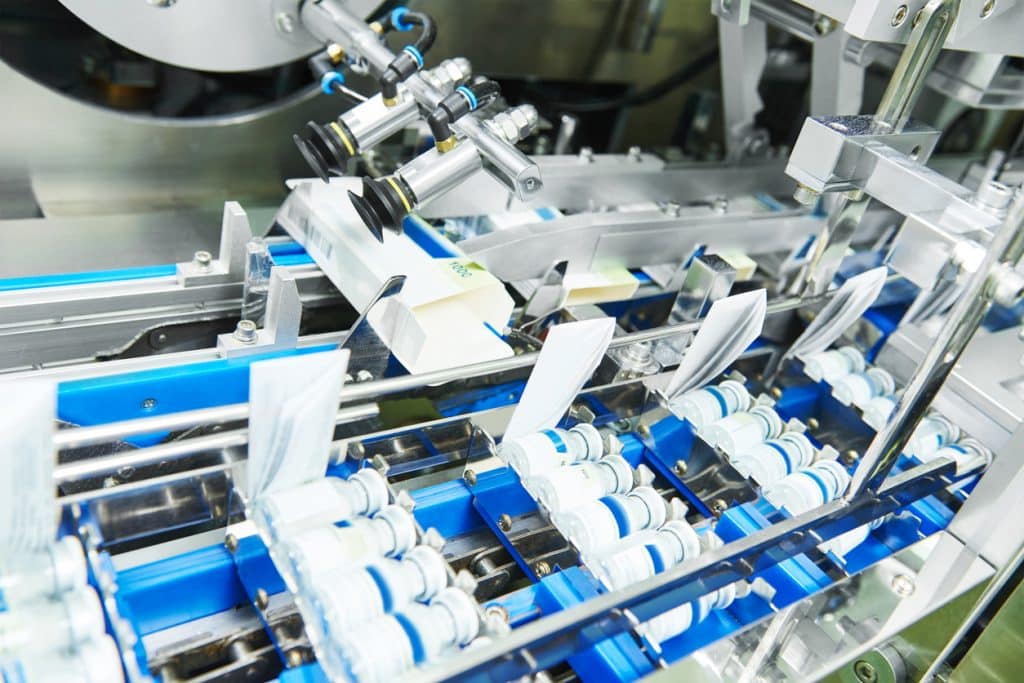
What are the standards in the pharmaceutical and medical sector ?
Global standards set up by International Organization for Standardization (ISO) are used in the sector. ISO has developed several standards relevant to the pharmaceutical and medical sectors, including:
ISO 9001: This standard sets out requirements for a quality management system, applicable to organizations involved in the design, development, production, installation, and servicing of medical devices and pharmaceutical products.
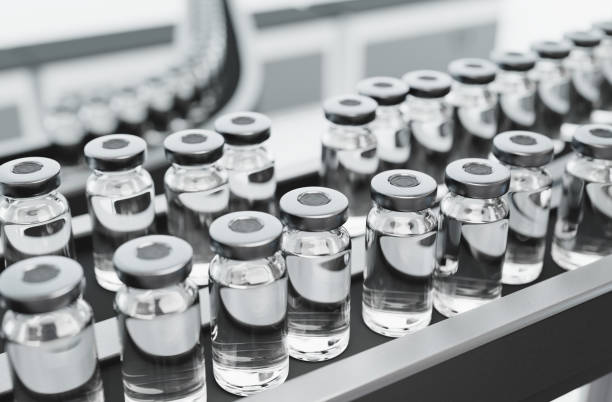
ISO 13485: This standard specifies requirements for a quality management system specific to the design, development, production, and servicing of medical devices.
ISO 14971: This standard provides guidance on the application of risk management to medical devices, including the identification, analysis, evaluation, and control of risks throughout the product lifecycle.
In addition, Good Manufacturing Practices (GMP): GMP is a set of guidelines and regulations that ensure the quality, safety, and consistency of pharmaceutical and medical products during their manufacturing, packaging, labeling, and storage processes. GMP covers areas such as facilities, equipment, personnel, documentation, validation, quality control, and traceability.
Some guidelines and regulations are specific for the USA:
Regulatory Authorities’ Guidelines: Regulatory authorities, such as the U.S. Food and Drug Administration (FDA) and the European Medicines Agency (EMA), issue guidelines and regulations specific to the pharmaceutical and medical sectors. These guidelines cover various aspects, including clinical trials, quality control, labeling, adverse event reporting, and post-market surveillance.
Medical Device Regulations: Medical devices are subject to specific regulations and standards, depending on the region. For example, the European Union’s Medical Device Regulation (MDR) and the U.S. FDA’s Code of Federal Regulations (CFR) Part 820 outline requirements for the design, manufacturing, testing, and distribution of medical devices.
One question ?
Our experts are here to answer your questions, support you, and guide you through all your projects.
